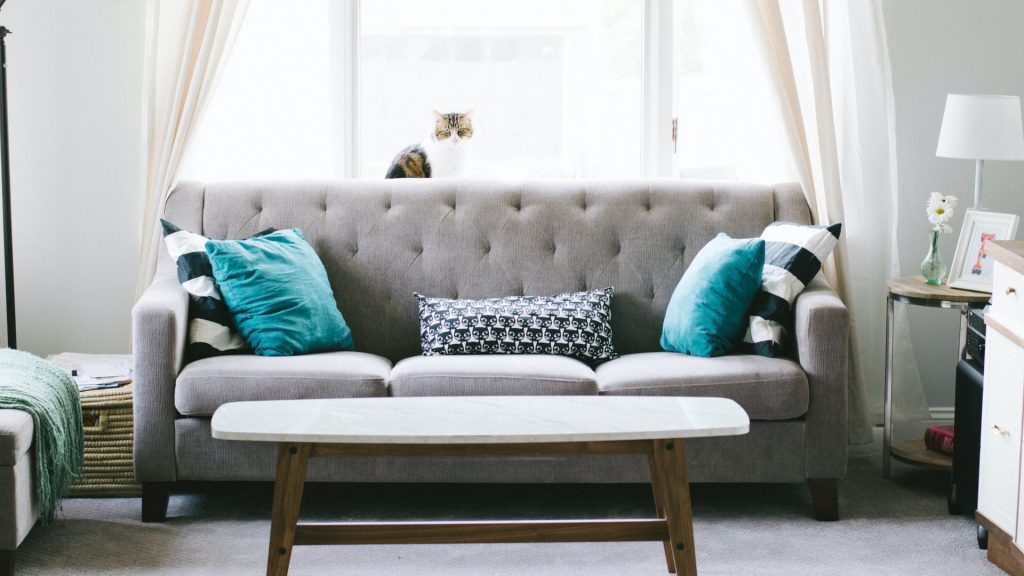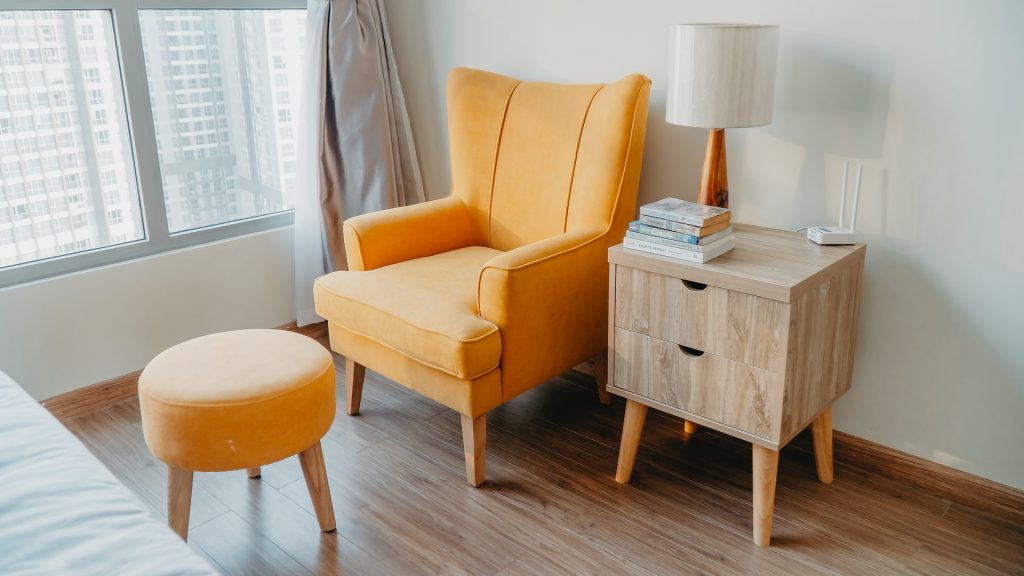Blogs > Advertiser Hub > Should You Let Your Rental Property as Furnished or Unfurnished? Landlord Guide
 - minute read
- minute read
There are numerous factors for landlords and letting agents to consider when it comes to letting out a furnished or unfurnished property. You should consider the type of tenants you want to attract, how much you’ll charge for rent and your expenses. Furnished and unfurnished properties both possess unique advantages for landlords and letting agents alike.
There are no hard-and-fast rules for furnishing properties, meaning landlords can be left scratching their heads in deciding the best course of action. Resooma has put together this guide to help you decide if you should let your rental property as furnished, unfurnished or somewhere in between.
When letting a furnished property, landlords and letting agents should include furniture that ensures comfortable living. Include items like:
By furnishing your property, you’ll likely draw attention from students and young professionals. They may only stay in your property for a short period (six months to a year) and probably won’t have their own furniture. Many young renters appreciate furnished properties for a quick and hassle-free move.
Furnished properties are in high demand, meaning they’re quick to let and can reduce the frequency of void periods. If you buy durable furniture, it’s likely to last for future tenancies. Even if you have to replace furniture, some of the costs are tax-deductible, meaning it won’t be too much of a strain on your expenses.
We advise landlords and letting agents to grab insurance for their furniture and other contents in case of damage or any other unforeseen events. Creating an inventory for both furnished and unfurnished properties will be helpful in the long run as you can cross-check item conditions or anything that’s missing. Every piece of furniture must also have a fire-resistance label as part of Fire Safety Regulations.
Remember, you should match furniture and take care in designing individual rooms, but you don’t have to spend a lot of money to do so.

If you’re wondering where you should go hunting for furniture, there are plenty of shops where you can pick up inexpensive and high-quality furniture. Even if you’re still deciding whether to rent out a furnished or unfurnished property, these retailers provide essentials like flooring and curtains.
Though cheap furnishings help save landlords and letting agents money in the short term, it’s advisable to look into buying durable furniture. Even if the furniture is pricier, it may end up being cheaper than furniture which constantly needs replacing.
Remember, your tenants may want to do some decoration themselves, so you don’t have to go overboard on interior design.
Contrary to what the name suggests, tenants still won’t be expecting to rent a completely bare property. You need to provide necessities for tenants to live there. These include essentials such as:
Whether tenants rent furnished or unfurnished properties, these essentials are helpful for larger flats and houses. They’re especially helpful in attracting tenants bringing their own furniture and wanting to stay for the long-term. Families with their own furniture may gravitate to these types of properties. But unfurnished properties will also attract young professionals seeking long-term stability. Tenants may be happier providing their own furniture, meaning you can save money and won’t have to replace damaged or worn-out items.

If neither side in the furnished vs unfurnished debate appeals to you or your target tenants’ needs, then you can partly furnish your property. Partly-furnishing your property allows flexibility for both you and your tenants. That way, you can negotiate with them if they wish to bring furniture. You should still include essential appliances such as kitchen and bathroom fittings but allow tenants to decide what furniture they want in your property.

There isn’t actually a legal definition for ‘furnished’ or ‘unfurnished’. In the above sections, we’ve listed what a landlord would be expected to include in furnished and unfurnished properties.
Unfurnished properties tend to include kitchen fixtures, white goods, bathroom fixtures, carpets and curtains/blinds. The most common items of furniture found in furnished properties include what we’ve just mentioned, along with a bed, table and chairs, sofa/armchairs, a wardrobe and a chest of drawers.
The ‘Renewals Basis‘ that was introduced in 2016 means you can reclaim tax for the cost of replacement furniture. This includes kitchenware, appliances and soft furnishings.
The major thing to consider with insurance in a furnished property is that you might want to cover all possessions against damage and theft. Getting landlords insurance could save a huge amount in the event of an accident.
This depends on several factors. When deciding between furnished and unfurnished, think about the tenants you want to attract, your expenses, and your rental yield. Another important factor to consider is void periods, especially if you want to rent out your property quickly.
Unfurnished and partly-furnished properties will bring in less of a rental yield than a furnished property. If you provide high-quality and good condition furniture, you can justify charging more rent. Though, this also depends on who your target tenants are. For example, if they’re students (who usually have tight budgets), you may have to find a balance.
Whether your property is furnished or unfurnished, make sure you check out our pre-tenancy guide for the safety standards and legal obligations surrounding your furniture and appliances. To get an insight into what renters are looking for in their homes, our blog on tenant demand and the rental market might interest you.
For more information, check out what Resooma can do for landlords, letting agents, and their properties.



All your utility bills in one monthly payment, split between housemates
Get a quote


All your utility bills in one monthly payment, split between housemates
Get a quoteFinding his article helpful? We’ve got plenty more helpful articles on there way. Join our Savvy Sunday mailing list